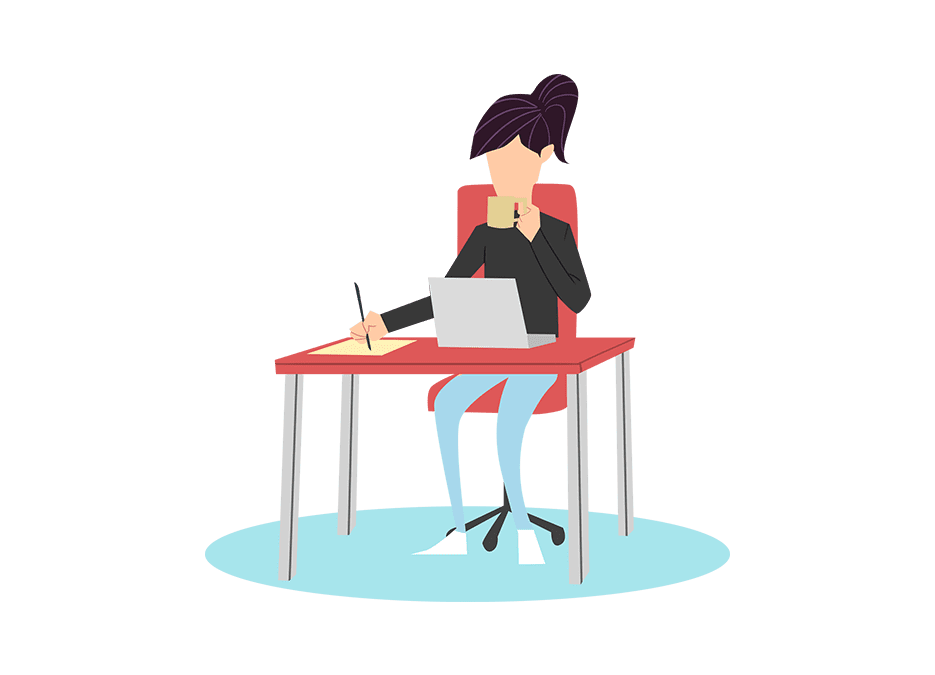On 24 September 2020, the Chancellor announced that measures are being put into place to provide more support to individuals through the unpredictable times ahead.
As a result, from 1 October, HMRC increased the threshold for paying tax liabilities from £10,000 to £30,000, to help any individuals who may have encountered financial struggles due to the coronavirus pandemic.
The Chancellor stated that self-employed individuals are allowed to pay, through the self-serve tool, their negotiated payment on record from July 2020, any indebted tax for 2019 to 2020, and their first payment on record for this current tax year.
All of which can be monthly instalments of up to 12 months. If 12 months is not enough, individuals can contact HMRC as per usual to resolve their tax obligations.
This online self-serve Time to Pay tool is available via gov.uk, where individuals can set up a direct debit.
According to research, there are more than 11 million individuals who complete Self-Assessment tax returns per year.
HMRC estimate that 95 per cent of those who complete Self-Assessment tax returns who have payments pending on 31 January 2021, could qualify to utilise Time to Pay. However, individuals must meet the following criteria:
- Have no outstanding tax returns
- Have no other tax debts
- Have no other HMRC payment plans in motion
- Their debt ranges from £32 to £30,000
- Their planned date to utilise Time to Pay must not have surpassed six months after their debt’s due date, as they cannot be set up after this
When using the self-serve, individuals will be required to pay interest on the owed tax, which will apply to any outstanding balance from 1 February 2021.
For more information or advice on Self-Assessment tax returns, contact our expert team today.

